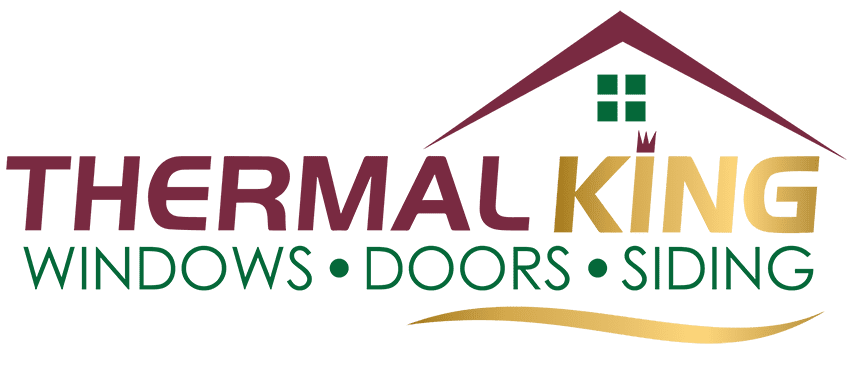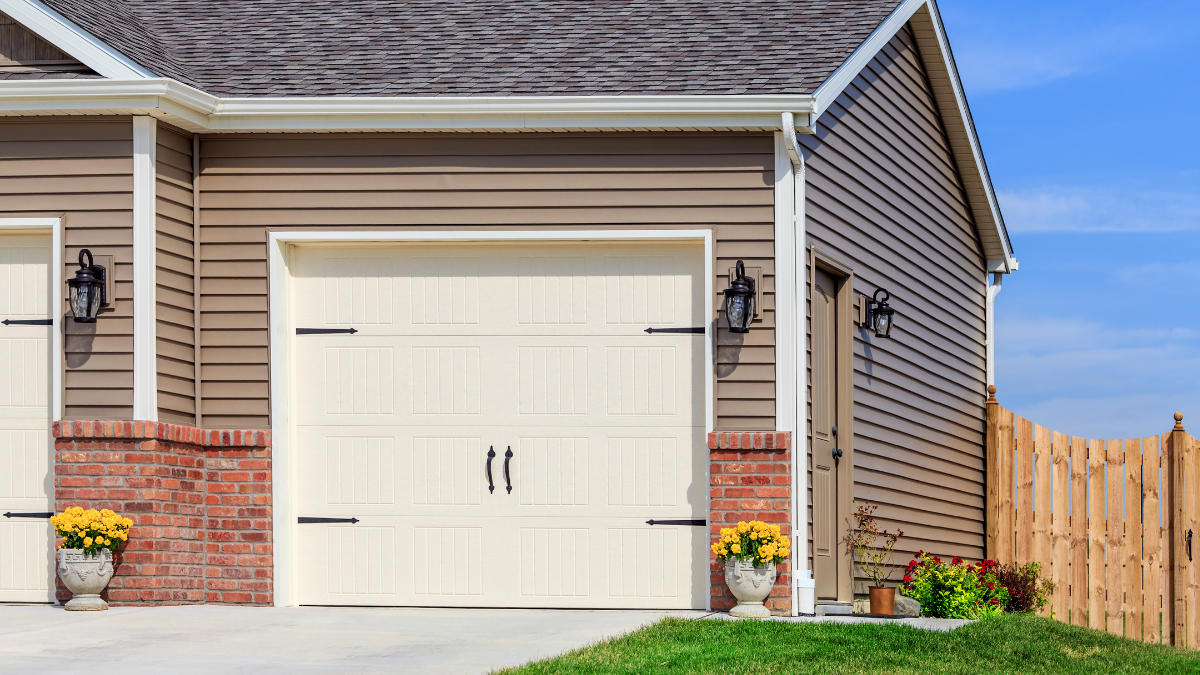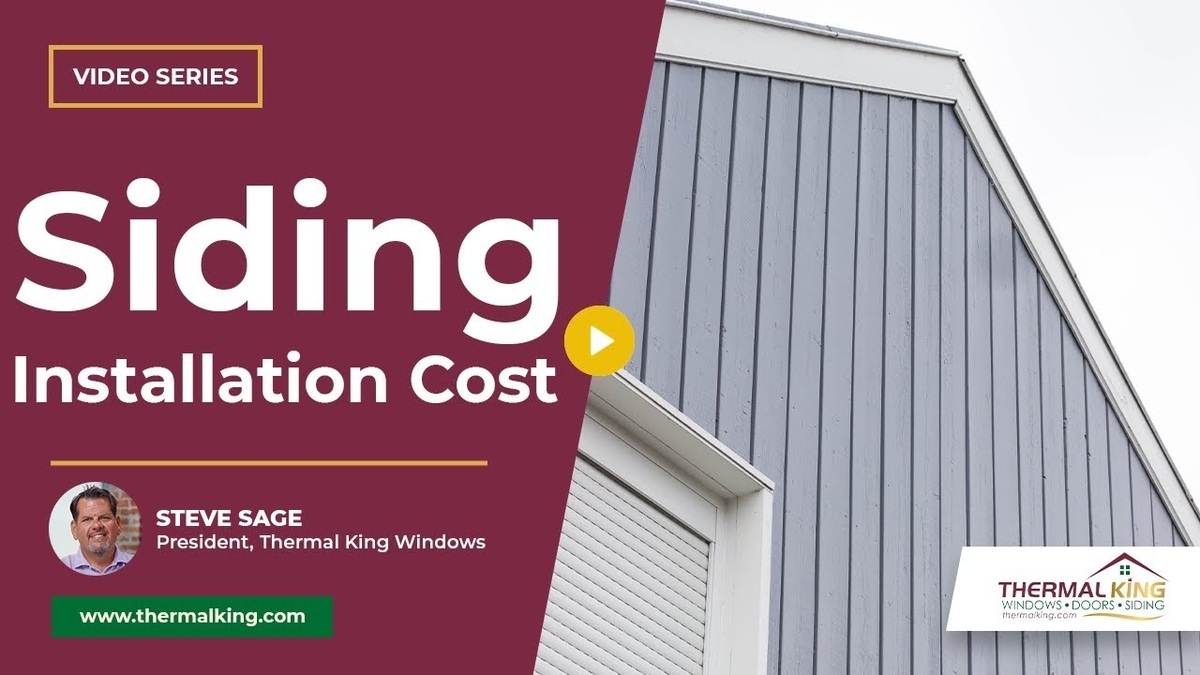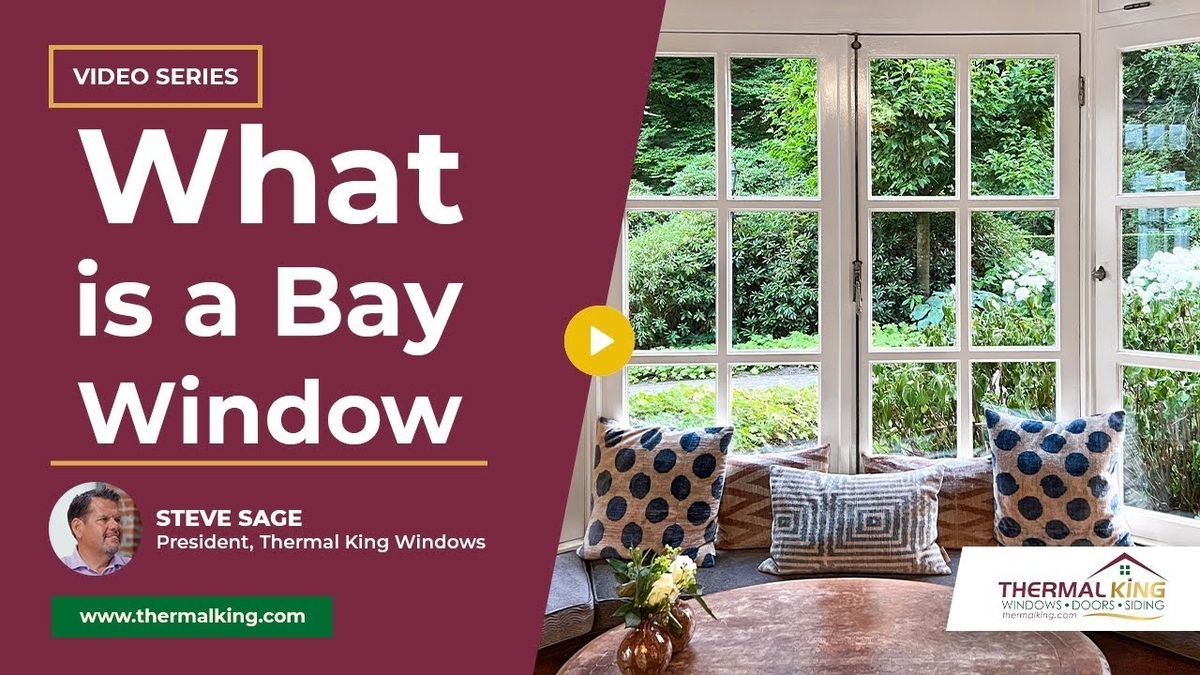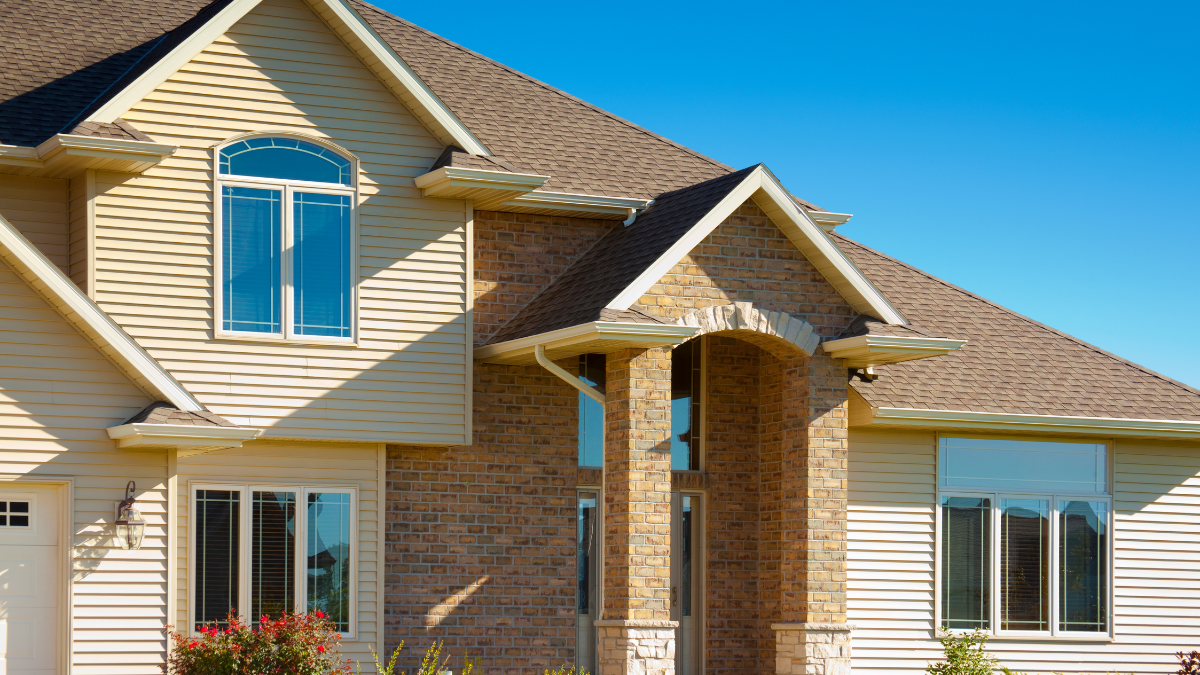Choosing the right siding material for your home can significantly impact its appearance, durability, and long-term maintenance costs. Two of the most popular options in the market today are James Hardie (also known as Hardie Board) siding and LP Smart Siding. This article will explore their features, pros and cons, and how they compare across different categories to help you make an informed decision.
Understanding the Basics of Siding
Siding is the protective material attached to the exterior side of a home. It serves multiple purposes, including enhancing the building’s aesthetics, providing insulation, and protecting the structure from the elements. Choosing quality siding is crucial as it can affect your home’s energy efficiency, curb appeal, and longevity.
What is Siding?
Siding comes in various materials—such as vinyl, wood, metal, and fiber cement—that cater to different budgets and design preferences. Each type of siding has unique characteristics, making some better suited for specific climates or architectural styles. For instance, vinyl siding is popular for its low cost and maintenance, while wood siding is favored for its natural beauty and versatility. Additionally, fiber cement siding has gained traction due to its durability and resistance to rot, making it an excellent choice for homeowners in humid or rainy regions. Metal siding, often made from aluminum or steel, offers a sleek, modern look and is highly resistant to fire and pests.
Importance of Quality Siding for Your Home
Quality siding plays a vital role in protecting your home. It acts as a barrier against water, wind, pests, and other environmental hazards. Additionally, good siding can enhance energy efficiency, thus reducing heating and cooling costs over the years. Investing in high-quality materials may come with a higher initial cost but often results in savings on maintenance and repairs in the long run. Moreover, quality siding can significantly increase your home’s resale value, making it an important consideration for homeowners looking to sell in the future. The aesthetic appeal of your siding can also influence potential buyers, as first impressions are often formed based on a home’s exterior appearance.
Furthermore, the installation process of siding is equally important. Proper installation not only ensures that the siding performs its protective functions effectively but also prolongs its lifespan. Hiring experienced professionals who understand the nuances of different siding materials can make a significant difference in the overall outcome. Additionally, regular maintenance, such as cleaning and inspections, can help identify issues early on, preventing costly repairs down the line. Homeowners should also consider local building codes and regulations, as these can impact the type of siding that is permissible in certain areas, especially in regions prone to extreme weather conditions.
Introduction to James Hardie Siding
James Hardie has built a reputation as a leading manufacturer of fiber cement siding. Known for its durability and architectural style, James Hardie siding is designed to withstand harsh weather conditions, making it a favorite in regions with severe climates. Homeowners appreciate not only its resilience but also its ability to enhance the curb appeal of their properties, contributing to higher property values. The brand’s commitment to innovation ensures that their products remain at the forefront of the siding industry, appealing to both traditional and contemporary aesthetics.
Features of James Hardie Siding
James Hardie siding is primarily made from a mixture of cement, sand, and cellulose fibers. This combination gives it the appearance of real wood while offering superior strength and protection. It can be painted or comes pre-finished in various colors, allowing homeowners to customize the look of their homes. Additionally, the siding is available in different textures and styles, such as smooth, wood grain, and even shingle options, enabling homeowners to select a finish that perfectly complements their architectural vision.
Another notable feature is its resistance to rot, insects, and fire. Unlike wood siding, James Hardie is not susceptible to termite damage or decay, significantly extending its lifespan. Moreover, it comes with a 30-year limited product warranty, which speaks volumes about the manufacturer’s confidence in its durability. The siding’s ability to maintain its integrity in extreme conditions, such as heavy rains or intense heat, makes it a reliable choice for homeowners looking for long-term solutions. Furthermore, James Hardie has developed a ColorPlus Technology that provides a baked-on finish, ensuring that the colors remain vibrant and resist fading over time.
Pros and Cons of James Hardie Siding
One of the primary advantages of James Hardie siding is its longevity. When properly installed, it can last over 50 years with minimal maintenance. Additionally, its aesthetic versatility allows homeowners to achieve a range of looks from rustic to modern. This adaptability not only enhances the visual appeal of homes but also allows for seamless integration with various architectural styles, from traditional craftsman to sleek contemporary designs. The product’s eco-friendly composition, which includes sustainable materials, also appeals to environmentally conscious homeowners.
However, James Hardie siding does come with some downsides. The initial installation cost can be relatively high compared to other siding types. It may also require professional installation due to its weight and specialized cutting needs, which can result in additional expenses. Additionally, while the siding is designed to be low-maintenance, it may still require periodic cleaning and repainting to keep it looking its best, particularly in areas with high humidity or pollution. Homeowners should also consider the potential for cracking in extreme temperature fluctuations, which, while rare, could necessitate repairs over time.
Introduction to LP Smart Siding
LP Smart Siding is another popular siding option made from engineered wood. It offers a different set of features and benefits that appeal to homeowners looking for a balance between aesthetics and affordability.
Features of LP Smart Siding
One standout feature of LP Smart Siding is its sustainable manufacturing process, which utilizes recycled wood content. This eco-friendly approach appeals to environmentally conscious homeowners. The product is created using a special process that bonds the wood fibers and strands together, granting it superior durability and resistance to moisture. This moisture resistance is particularly important in areas prone to heavy rainfall or humidity, as it helps to prevent issues like mold and rot, ensuring that the siding maintains its integrity over time.
LP Smart Siding also offers a variety of styles, including vertical and horizontal options, which can suit various architectural designs. The finishing comes pre-primed and can be painted in any desired color, providing flexibility in home design. Homeowners can choose from a range of textures, such as smooth or wood-grain finishes, allowing for customization that complements their personal style and the overall aesthetic of the neighborhood. Additionally, the siding is available in different thicknesses, which can enhance its visual appeal and provide extra insulation benefits.
Pros and Cons of LP Smart Siding
One of the significant benefits of LP Smart Siding is its affordability. It typically costs less than fiber cement siding, making it a budget-friendly option for many homeowners. It is also relatively lightweight, simplifying the installation process and reducing labor costs. This ease of installation can be particularly advantageous for DIY enthusiasts who want to take on a home improvement project without hiring a contractor, as it allows for quicker completion times and less hassle.
On the downside, LP Smart Siding may not offer the same level of fire resistance as fiber cement options. Additionally, while it is engineered for durability, it may be more susceptible to damage from extreme weather conditions compared to James Hardie siding. Homeowners in regions with severe storms or high winds might need to consider additional protective measures, such as regular maintenance and inspections, to ensure the longevity of their siding. Furthermore, while LP Smart Siding is designed to resist pests, like termites, it may still require periodic treatments or inspections to maintain its protective qualities, adding to the overall upkeep of the home.
Material Comparison: James Hardie vs LP Smart Siding
To better understand which siding option is best for your home, it is essential to compare them across various categories such as durability, aesthetic appeal, and energy efficiency.
Durability and Maintenance
James Hardie siding is notably more durable, thanks to its fiber cement composition, which is resistant to rot, pests, and fire. This durability translates into less frequent repairs and lower maintenance costs. In contrast, LP Smart Siding offers decent durability but requires more attention, especially in regions with extreme weather. Homeowners should also consider the warranty options available for each product; James Hardie typically provides a longer warranty period, reinforcing its reputation for longevity and reliability. Additionally, the installation process for James Hardie siding can be more complex, which may necessitate hiring experienced professionals, further ensuring that the siding performs optimally over its lifespan.
Aesthetic Appeal
Both siding options are attractive, but they offer different styles. James Hardie comes in a wide variety of textures and colors, which can mimic the allure of wood without requiring the same level of upkeep. LP Smart Siding also provides a beautiful appearance with options for various finishes, but it may not achieve the same sophisticated look that James Hardie offers. Furthermore, the versatility of James Hardie allows homeowners to tailor their exterior to fit a range of architectural styles, from modern to traditional. This adaptability can significantly enhance curb appeal and potentially increase property value. On the other hand, LP Smart Siding’s engineered wood look can appeal to those seeking a more rustic charm, making it a viable choice for homes that embrace a cozy, inviting aesthetic.
Energy Efficiency
In terms of energy efficiency, both products can be insulated for added thermal performance. However, James Hardie siding may have a slight edge due to its more robust construction material, which helps to better regulate indoor temperatures and reduce energy consumption over time. Additionally, the installation of high-quality insulation behind either siding option can further enhance energy efficiency, making it crucial for homeowners to consider the overall system rather than just the siding material. The energy efficiency of both siding types can also contribute to lower utility bills, which is an important consideration for environmentally conscious homeowners looking to reduce their carbon footprint while maintaining comfort in their living spaces.
Cost Analysis: James Hardie vs LP Smart Siding
Analyzing the costs associated with each siding option will help you understand which is the better investment for your home.
Initial Installation Costs
James Hardie siding generally has a higher initial installation cost ranging from $1.50 to $3.00 per square foot, depending on various factors such as location and complexity of the installation. On the other hand, LP Smart Siding is more affordable, typically costing between $0.90 to $2.50 per square foot, making it a more budget-friendly choice upfront.
Long-Term Costs
While James Hardie may have higher upfront installation costs, its long-term value is considerable. With its streamlined durability, it requires fewer repairs and less maintenance, ultimately saving homeowners money over many years. Meanwhile, although LP Smart Siding is cheaper to install, its lower durability may lead to higher long-term costs for repairs and replacements.
In conclusion, choosing between James Hardie and LP Smart Siding requires careful consideration of your specific needs and budget. Both products offer excellent qualities, but your decision should align with your priorities in terms of durability, maintenance, aesthetics, and long-term costs.
Expert Siding Replacement in Kansas City & Omaha!
Siding can transform the look of your home. But it’s important to understand that installation is just as important as choosing the right siding.
The experts at Thermal King have over two decades of experience! Only trust your siding to the best. Contact us today to schedule your free consultation.
